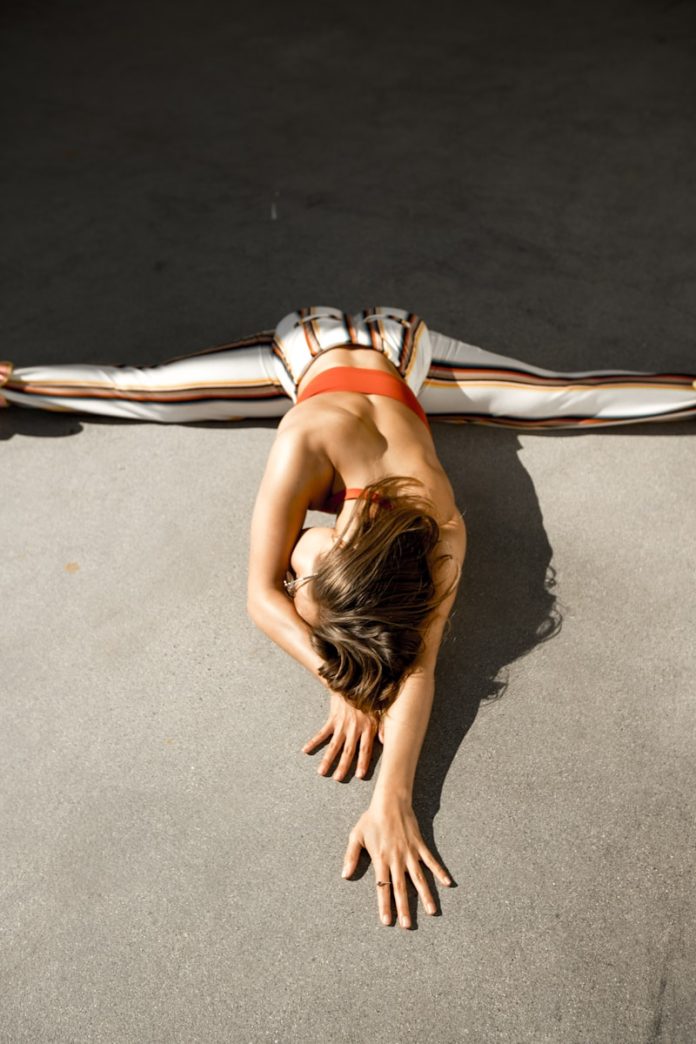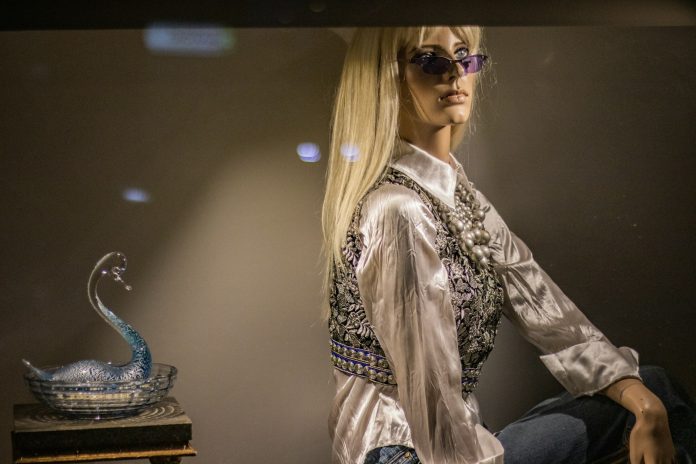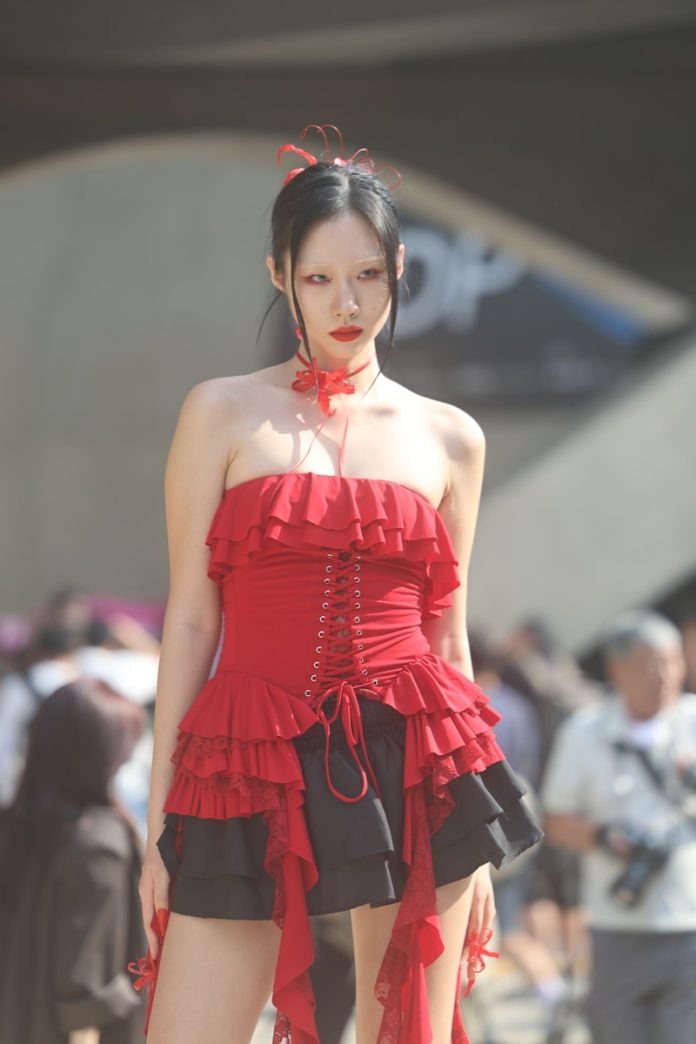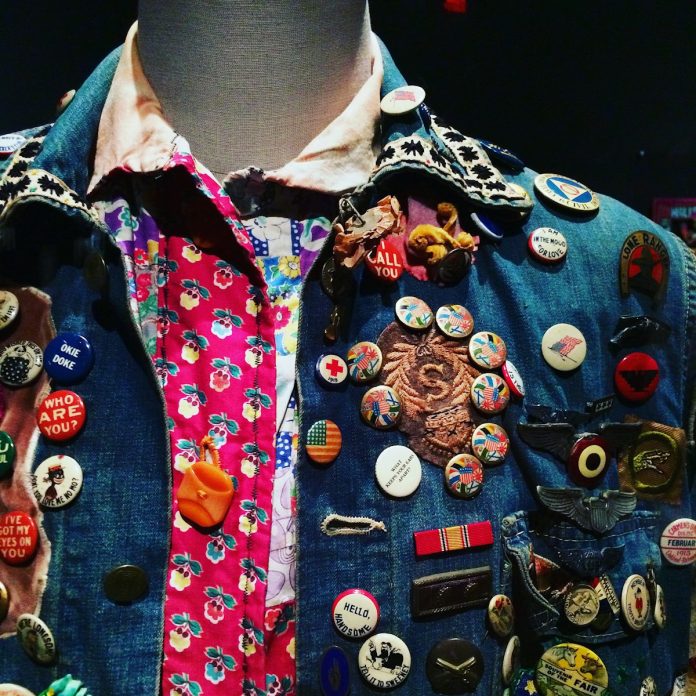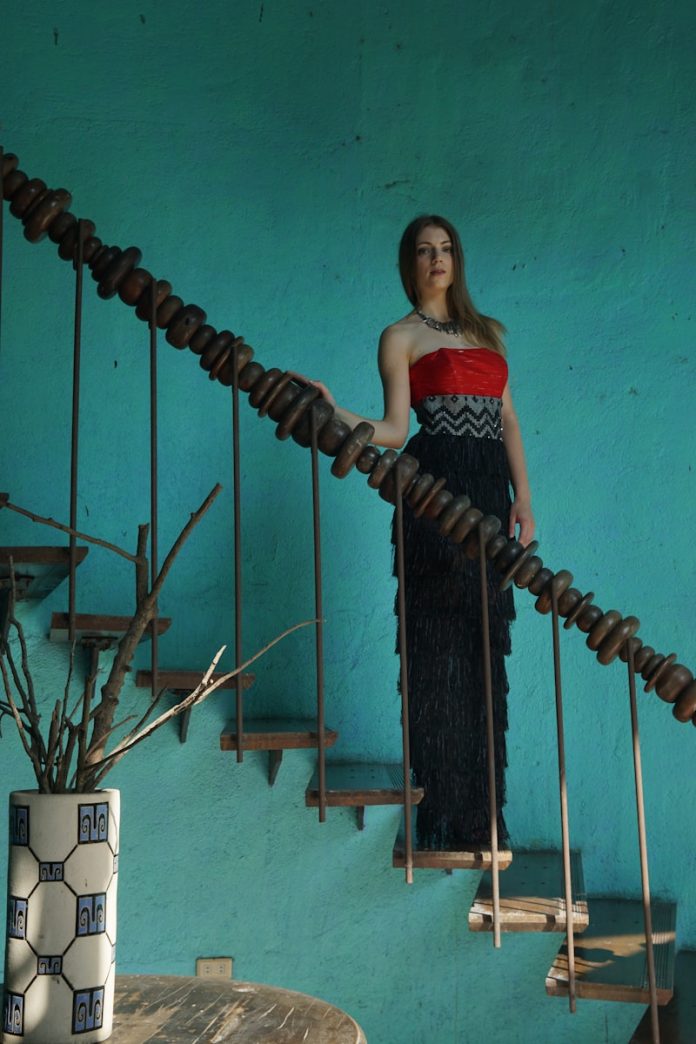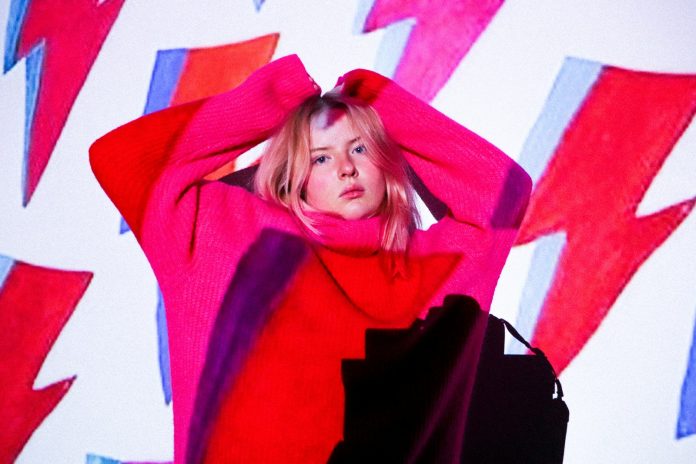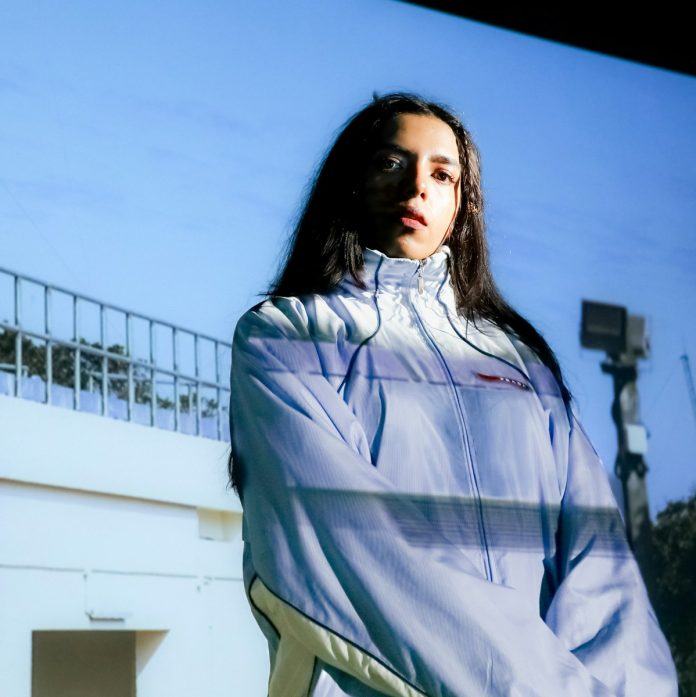Fashion has long been a canvas for transformation. From armor-like silhouettes to flowing gowns, it’s how we shape the world’s perception of us—and sometimes, how we redefine ourselves. But in recent years, a new era of fashion has emerged. One that doesn’t just drape, conceal, or decorate the body, but actively sculpts it. Welcome to the age of Contour Couture—a movement of clothing that shapes you, celebrates you, and sometimes, challenges you.
This isn’t just about tight dresses or corsetry. Contour fashion today is a fusion of design and psychology. It’s about empowerment through structure. It’s about embracing form—your own form—with clarity, courage, and a sense of purpose.
Let’s take a deeper look into how contour clothing is transforming closets, culture, and confidence.
The Architecture of Style
The term “contour” evokes more than just curves—it speaks to structure, precision, and intention. In fashion, contouring is the art of designing clothes that mold to the body’s lines, highlight natural shapes, or create entirely new ones. It’s architectural design, worn on the skin.
From boned bodices to sculpted neoprene suits, the focus is on the frame. Garments aren’t passive—they guide posture, enhance form, and influence movement. Think of the bandage dress that hugs every curve without apology. The sharply tailored blazer that defines shoulders and cinches waists. The high-waisted trousers that elongate the legs and bring balance to the figure.
These pieces don’t just dress the body—they frame it like a work of art.
Body Politics: Control or Celebration?
But contour fashion walks a fine line. It inevitably raises questions about control versus celebration. After all, shaping the body through clothes can be empowering—but historically, it hasn’t always been.
Think of the corsets of the 18th and 19th centuries, laced tightly to impose a socially approved silhouette. Or the girdles and padding of the 1950s, which dictated femininity through engineered form. These weren’t about self-expression—they were about compliance.
So what makes today’s contour fashion different?
Choice.
Modern contouring isn’t about forcing the body into one idealized shape—it’s about offering tools to highlight your shape, reimagine it, or even play with it. The difference lies in agency. You wear it because you want to, not because you’re supposed to.
Where there was once restriction, now there’s intention.
The Rise of Contour Culture
From high fashion to high street, contour-inspired clothing has become central to contemporary wardrobes. Social media has played a massive role, turning visibility into value—and silhouette into statement. The rise of body-conscious influencers, shapewear-forward brands, and fitness culture has blurred the line between style and self-image.
Enter brands like Skims, Mugler, Alaïa, David Koma, and Rick Owens—each interpreting contour differently. Some focus on sleek minimalism and soft compression. Others turn up the volume with sculptural drama, mesh cutouts, and exaggerated curves.
Runways, too, have embraced the power of the body. Bella Hadid, for example, has walked in sprayed-on dresses and second-skin silhouettes that marry performance art with fashion technology. These aren’t clothes that simply fit—they form.
And the appeal? It’s deeply psychological. Contour fashion speaks to the desire for presence. In a world where attention is currency, silhouette becomes identity. When you walk into a room in something that shapes you—visibly and viscerally—you are announcing yourself.
Beyond Curves: Gender, Identity & the New Body Narrative
Contour fashion is often associated with hyper-femininity, but that lens is evolving. Today, contour clothing is being embraced across gender identities as a language of confidence, not conformity.
For some, it’s about softening. For others, it’s about sharpening. For many, it’s about erasing binary norms altogether.
Designers like Ludovic de Saint Sernin, Harris Reed, and Telfar are crafting contour pieces that question what the body should look like—and who gets to shape it. They play with seams, padding, stretch, and silhouette in ways that feel futuristic, fluid, and free.
Even traditionally masculine dressing is shifting. Sharp tailoring once reserved for power suits is now meeting softer, form-fitting fabrics. Contour isn’t just about hourglasses anymore—it’s about honoring the body you inhabit, whatever form that takes.
Tech Meets Textile: Innovation in Contour Design
One of the reasons contour couture is thriving today is innovation. Fabrics have changed. No longer stiff and unforgiving, modern materials adapt to the body, not the other way around.
Tech-infused textiles like four-way stretch jersey, scuba knit, and memory fabrics offer both structure and movement. Shapewear is now integrated into garments, allowing seamless sculpting without discomfort. Smart seams, bonded panels, and laser cuts provide invisible support while maintaining sleek lines.
And let’s not forget 3D printing, which has allowed designers to create custom-fitted garments that mold perfectly to an individual’s frame, turning contour fashion into an immersive, intimate experience.
The result? Clothing that doesn’t just look good—but feels empowering.
The Confidence Effect
There’s a reason people talk about feeling “put together” when they wear structured clothing. There’s a psychological shift that happens when clothes support your posture, hug your shape, and encourage movement with purpose.
Contour clothing isn’t always comfortable in the traditional sense—but that’s part of its magic. It engages you. It reminds you of your body in space. It creates awareness—and often, confidence.
Not the kind of confidence that seeks approval, but the kind that says: “I know exactly how I take up space.”
Sustainability in Contour Design
Of course, no discussion of fashion today is complete without addressing sustainability. Contour clothing, by nature, is body-specific—and that raises questions about longevity, waste, and size inclusivity.
The industry is responding. Brands are developing adjustable contour garments, using modular pieces, and zero-waste cutting techniques to reduce offcuts and production impact. Some designers are turning to made-to-measure digital fittings, ensuring that contour wear doesn’t have to come at the planet’s expense.
The future of contour couture lies not just in shape—but in substance.

